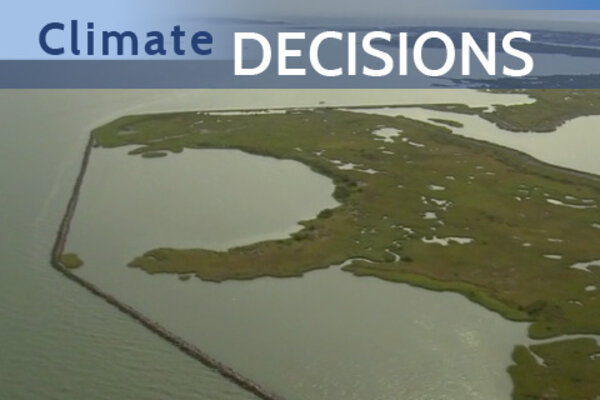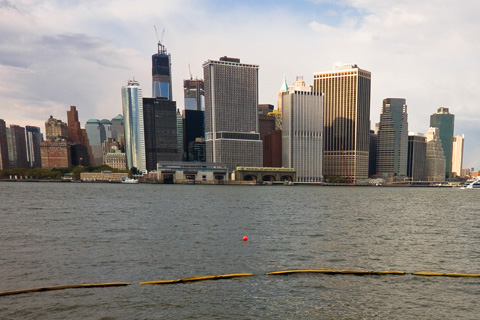
We can’t immediately link Hurricane Sandy itself to climate change, says climate scientist Cynthia Rosenzweig, but the flooding damage we can. Partly due to global warming, sea level has climbed about a foot in the NYC area over the past century, giving storm surges a “step up” along the coast.
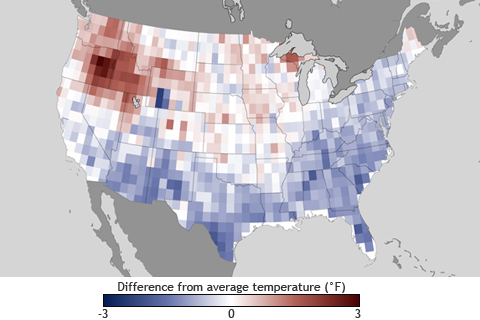
According to NOAA’s Climate Prediction Center, weak El Niño conditions may develop this fall. How might a full-fledged El Niño event this winter influence weather where you live?
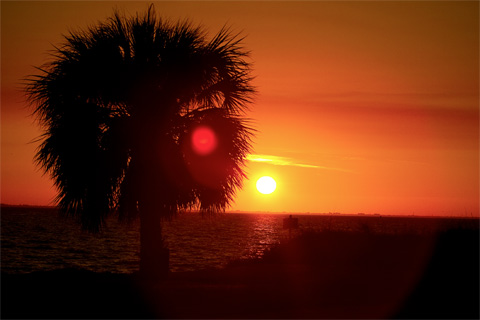
In a place routinely afflicted by drought, water managers in Tampa Bay use climate forecasts to ensure a water supply to people’s taps without sucking the region’s rivers, wetlands, and groundwater dry. The limits of their innovation might be tested in a future which could pose even more challenges to ensuring the oasis remains green.
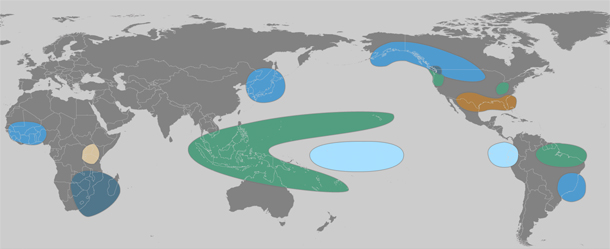
The lead character in the 2011 climate story was La Niña—the cool phase of the El Niño-Southern Oscillation—which chilled the central and eastern tropical Pacific at both the start and the end of the year. These natural cooling events have a long reach: many of the big climate events of 2011, including famine-inducing drought in East Africa, an above-average hurricane season in the Atlantic, and record rainfall in many parts of Australia, are common “side effects” of La Niña.
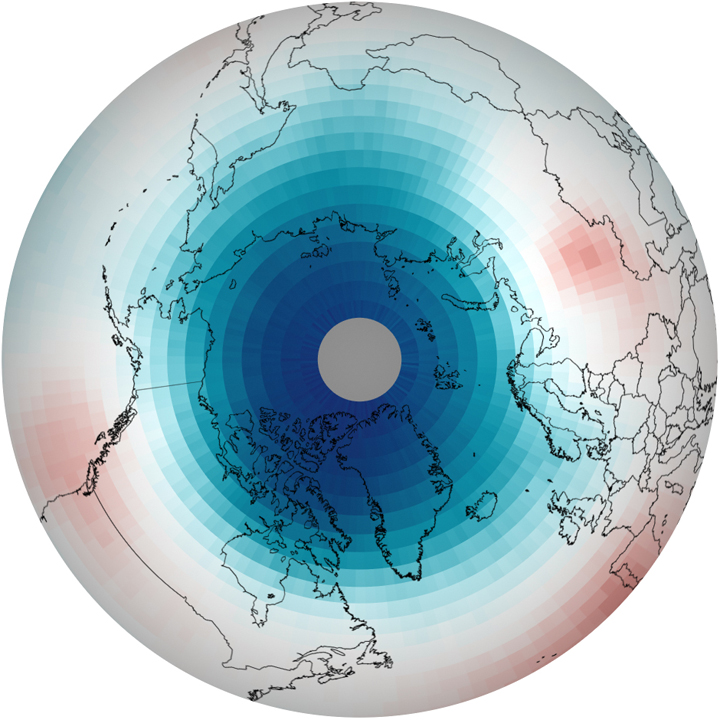
In the spring of 2011, scientists observed the largest, most severe ozone destruction ever witnessed in the Arctic since records began in 1978, due in part to the fact that CFCs stick around in the atmosphere for a very long time. Climate maps reveal the cause to be unusually persistent cold temperatures.
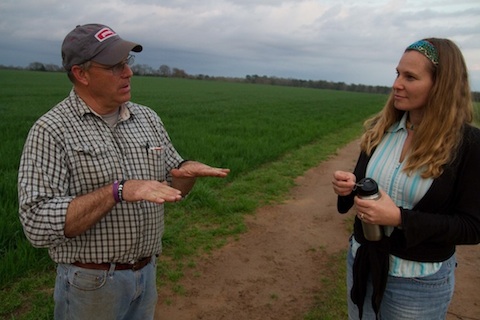
From poor soil to scorching summer heat, farmers in the U.S. Southeast face some significant challenges. Two Southeast growers are looking to seasonal climate forecasts to give them an edge.

Climate Science 101: Climate Change Communication and Public Engagement
February 15, 2012

Climate Science 101: Global Climate Change Impacts in the United States
February 15, 2012
